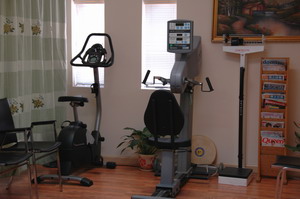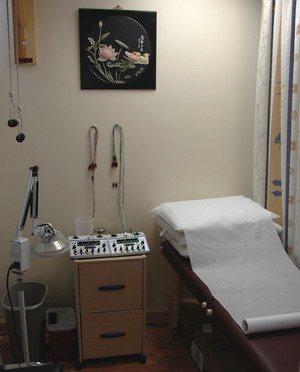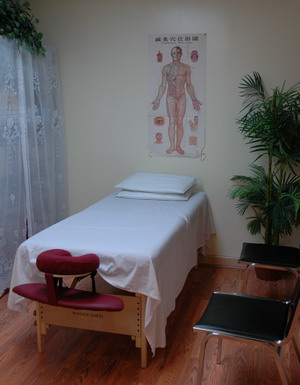Solace Pain Management & Rehabilitation
- Frequently Asked Questions
- What is pain management?
Pain physicians study pain, evaluate pain, diagnose pain, treat pain, prevent pain and rehabilitate people in pain.
- What is rehabilitation?
Rehabilitation focuses on restoring function to people. A physiatrist is a physician specializing in physical medicine and rehabilitation. They care for patients with acute and chronic pain, and musculoskeletal problems like back and neck pain, tendonitis, pinched nerves and fibromyalgia. They also treat people who have experienced catastrophic events resulting in paraplegia, quadriplegia, or traumatic brain injury; and individuals who have had strokes, orthopedic injuries, or neurologic disorders such as multiple sclerosis, polio, or ALS. They see patients of all age groups and treat problems that touch upon all the major systems in the body.
- What is electrodiagnosis?
Electrodiagnosis is a direct extension of the neurologic portion of the physical examination. The examination can be helpful in evaluating the causes of numbness, tingling, pain, weakness, fatigue, and muscle cramping. The expertise of electrodiagnosis would assist referring physicians in establishing diagnoses, determining prognoses, and planning proper management.
Several types of tests are used to study nerve and muscle function. These include nerve conduction studies (NCSs), needle electromyography (EMG), and evoked potentials.
The examination usually takes 20 to 60 minutes. There are no restrictions on activity before or after the testing and there are no lasting aftereffects.
- What do we treat?
We treat acute and chronic pain and musculoskeletal disorders. Our patients include people with arthritis, tendonitis, any kind of back pain, a sprained ankle, motor vehicle accident- related injuries, and work- or sports-related injuries or a knitter who has carpal tunnel syndrome.
In addition, we treat serious disorders of the musculoskeletal system that result in severe functional limitations. We also treat an elderly person with a broken hip or with a replaced knee or hip. We coordinate the long-term rehabilitation process for patients with spinal cord injuries, cancer, stroke or other neurological disorders, brain injuries, amputations, and multiple sclerosis.
- How do we treat the patients?
Multidisciplinary approaches are applied to our patients. We emphasize conservative treatments before proceeding to the invasive procedures and we also emphasize to reduce the usage of pain medications. Those include:
- Pain modalities: Ultrosound; Transcutaneous electric nerve stimulation(TENS)
- Acupuncture/acupressure
- Therapeutic Exercise programs
- Massage/myofacial release/manual therapy/Asian body work
- Mechanical traction of cervical and lumbar spine
- Injection of joint, tendon, bursa and trigger point
- Eidural Steroid Injection
- Pain medication program
- Orthotics/prosthesis prescription/training/fit
- The patient's education




Copyright 2016